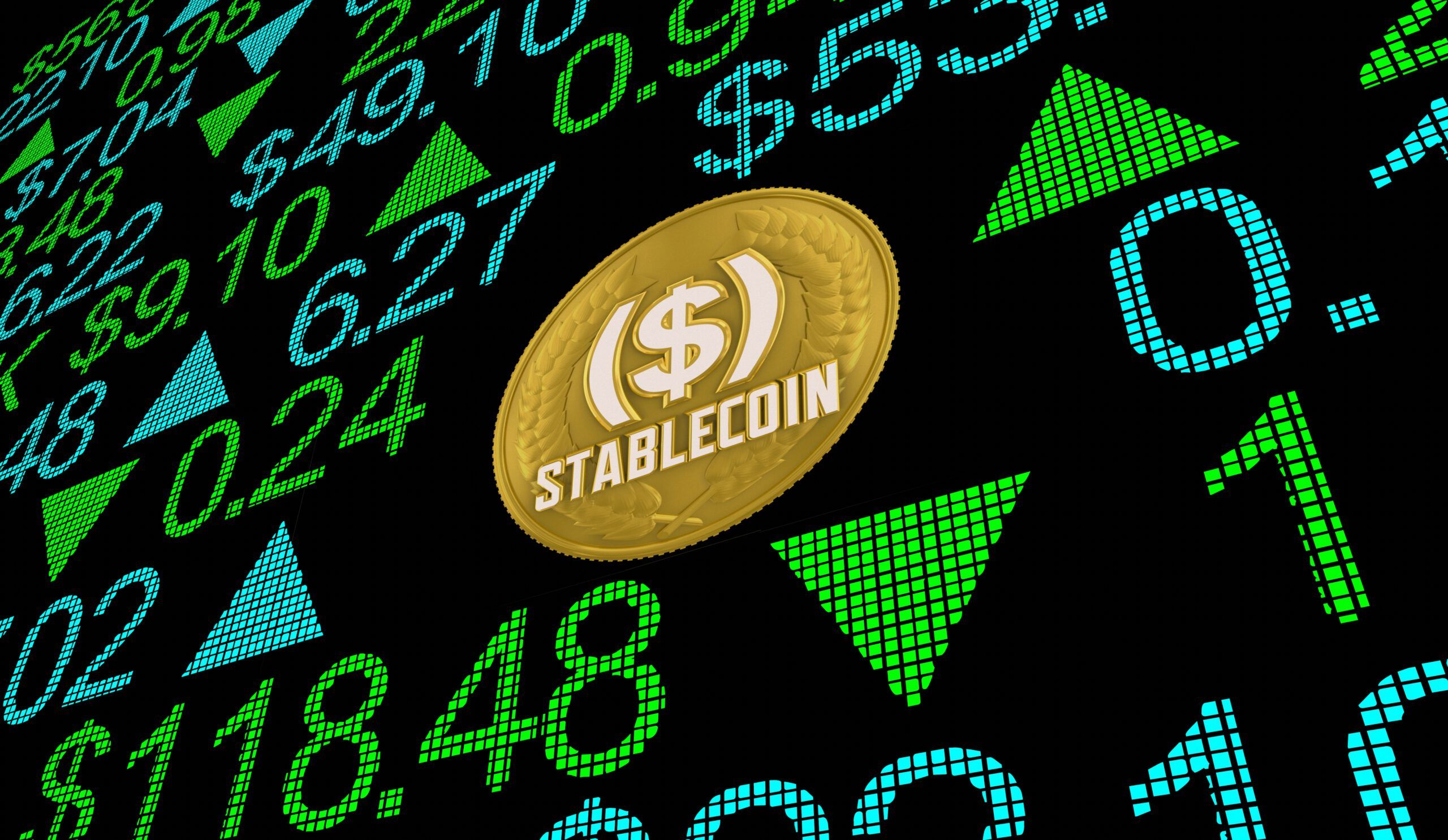- Outflows to decentralized exchanges occur when the markets become very volatile
- Shrewd investors bet that USDC would regain its peg and increase in value
After Silicon Valley Bank collapsed, investors stocked up on USD Coin and fled from centralized exchanges (CEXs) to decentralized exchanges (DEXs) en masse, data from CoinTelegraph show.
Such outflows occur when the markets become very volatile according to blockchain analysis firm Chainalysis. Users are afraid they will lose access to their funds when the exchange fails.
CEX vs. DEX
CEXs are owned and operated by a central authority or company. They act as intermediaries between buyers and sellers and have full control over the funds deposited on their platform. CEX platforms typically require users to complete a Know Your Customer (KYC) process before trading, and they offer features such as trading tools, charts, and order books.
However, users have to trust the exchange to hold their funds securely and to execute trades fairly.
DEXs are built on top of blockchain technology and operate in a decentralized manner, meaning they do not have a central authority or operator. Instead, they allow users to trade cryptocurrencies directly with each other, without the need for intermediaries.
DEX platforms use smart contracts to facilitate trades, and users retain control over their funds at all times. DEX platforms do not require KYC, and anyone can participate in trading. However, DEX platforms generally have lower liquidity and fewer features compared to CEX platforms.
Hourly outflows to DEXs reached $300M
Chainalysis reported that outflows to decentralized exchanges exceeded $300 million an hour after regulators shut SVB down. When FTX collapsed last year, there was a similar occurrence. Investors were concerned the contagion would impact other crypto exchanges.
In both cases, the daily surge was short-lived. Chainalysis identified USDC as one of the main assets being moved to decentralized exchanges. This is unsurprising as USDC lost its peg after its issuer Circle announced $3.3 billion of its reserves were “stuck” at Silicon Valley Bank.
Surge in USDC acquisitions on Uniswap and Curve3pool
Chainalysis noted that acquisitions of USD Coin skyrocketed on Uniswap, Curve3pool and other leading DEXs. They explained this was likely due to trust in the stablecoin. Shrewd investors bet that USDC would regain its peg and increase in value, which actually did happen – on March 13.













